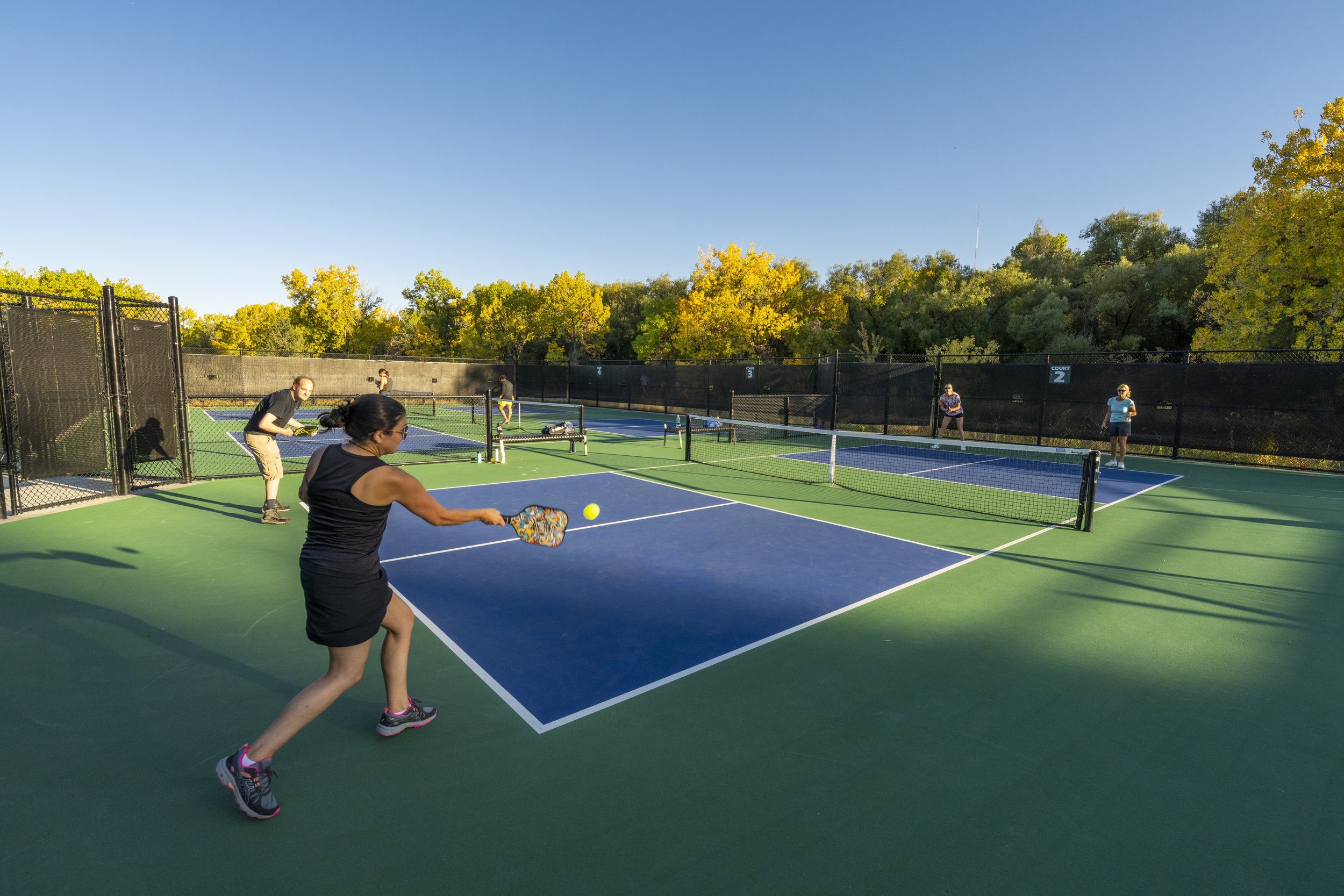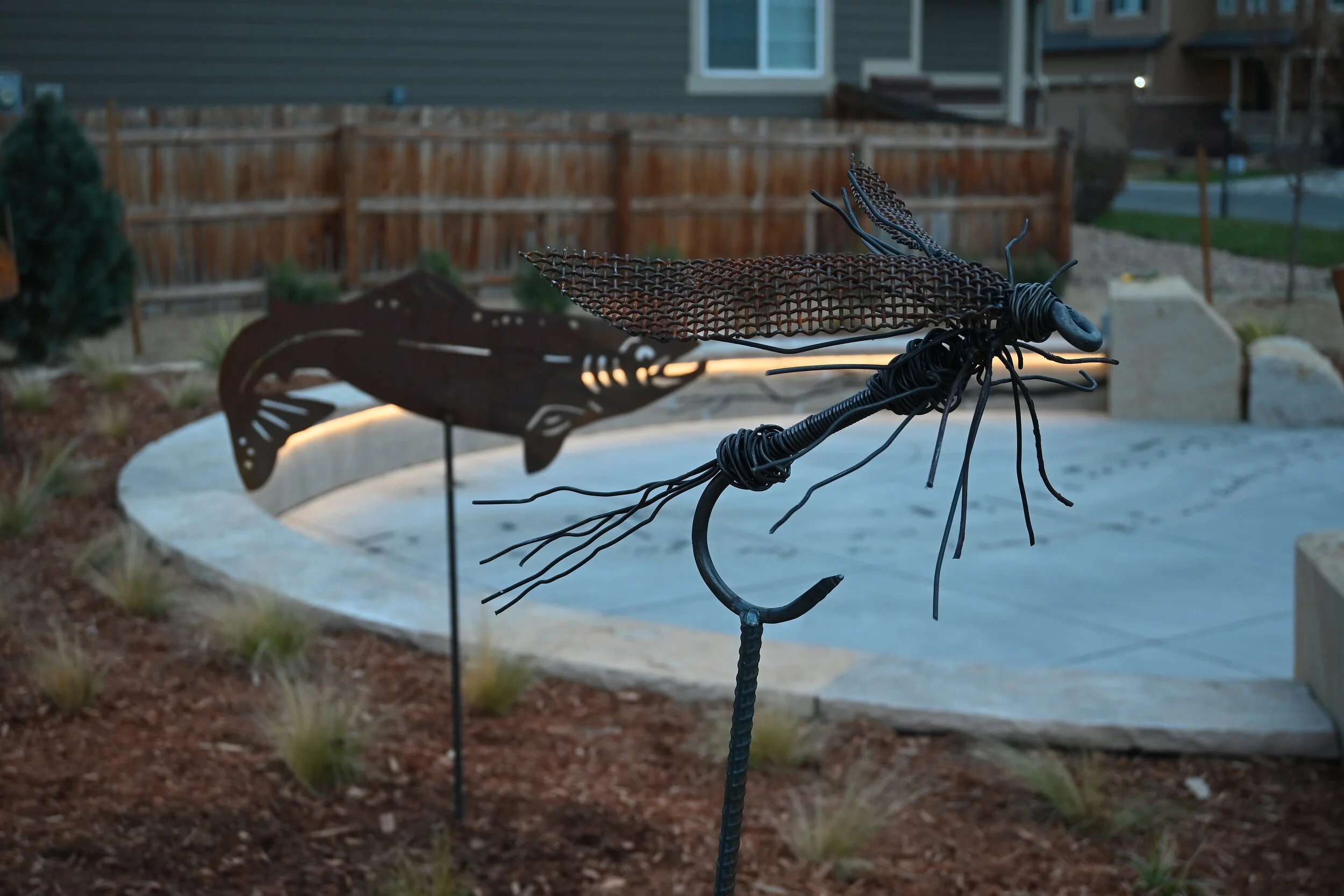As “Green” design becomes more of a standard practice, one aspect frequently overlooked is irrigation design. Green design or not, we take water conservation seriously and it’s something we practice with each and every design. Being one of the in-house irrigation designers I thought I would share with our readers some of our efforts to conserve water through irrigation design. The way we see it, the more people practicing water conservation the better.
We typically start by considering the plant material. It’s usually Kentucky Bluegrass that’s the killer in terms of water consumption. Not only does it use a lot of water, it’s costing our clients a lot of money to pay for that water. So we ask ourselves how we can reduce the amount of this turf type. If the area of turf can’t be reduced any further we look at alternative turf types such as Reveille, or Thermal Blue. These are Texas hybrids of Kentucky Blue and can take anywhere up to 30% less water than their purebred cousins from KT. So what’s the catch, right? Well, from what we’ve found the hybrids do have some downsides including less tolerance to foot traffic and higher material cost (I say material cost because the overall cost including money spent on watering will become a wash over a period of time). If you’d like to learn the more about these turfs types, CSU Extension has a great report posted here. Gardner Turfgrass andGraff’s Turf Farms can also offer more insight. They also keep the hybrids heavily stocked if you need a source. More info on Thermal Blue can be found at Scotts website.
The next alternative to replacing turfgrass?: Synthetic Turf. It has come a long way since the rug burning, skinned knee days of Astroturf, but we’ll save that discussion for another time.
Plant material aside, we try to stay up to date with the latest and greatest from the major irrigation manufactures. Hunter and RainBird are what we most commonly use and they both offer great advances in water conservation. From efficient heads and nozzles to innovative smart controllers, these guys continue to pushing the bar, which is what we like to see. Controllers are also playing a big role in conservation and you no longer need a doctorate in computer science to keep a system running based on local ET. Smart controllers are now affordable and easy to use. I just finished building my yard from scratch and have a Rainbird ESP-LXMi running the show. It’s an awesome controller that was a breeze to install and get connected to a local weather station. Now I can kick back and rest assured that the amount of water being applied to my yard is directly related to local ET. Sweet! If you're interested in reading more on how long to run your sprinklers for this article from Loyal Gardner might interest you.
If you haven’t had lunch with your local rep lately, you should. Chances are they have a new a product you’ll find useful.
Of course we couldn’t share all this info without giving props to CSU Extension. They have so much information to offer it’s almost overwhelming. If you’re not it our area, check out your local cooperative extension to see what they have to offer.
We’re always looking for new ways to practice conservation. If you have anything to add, please leave a comment and keep the discussion going.
-Erik











